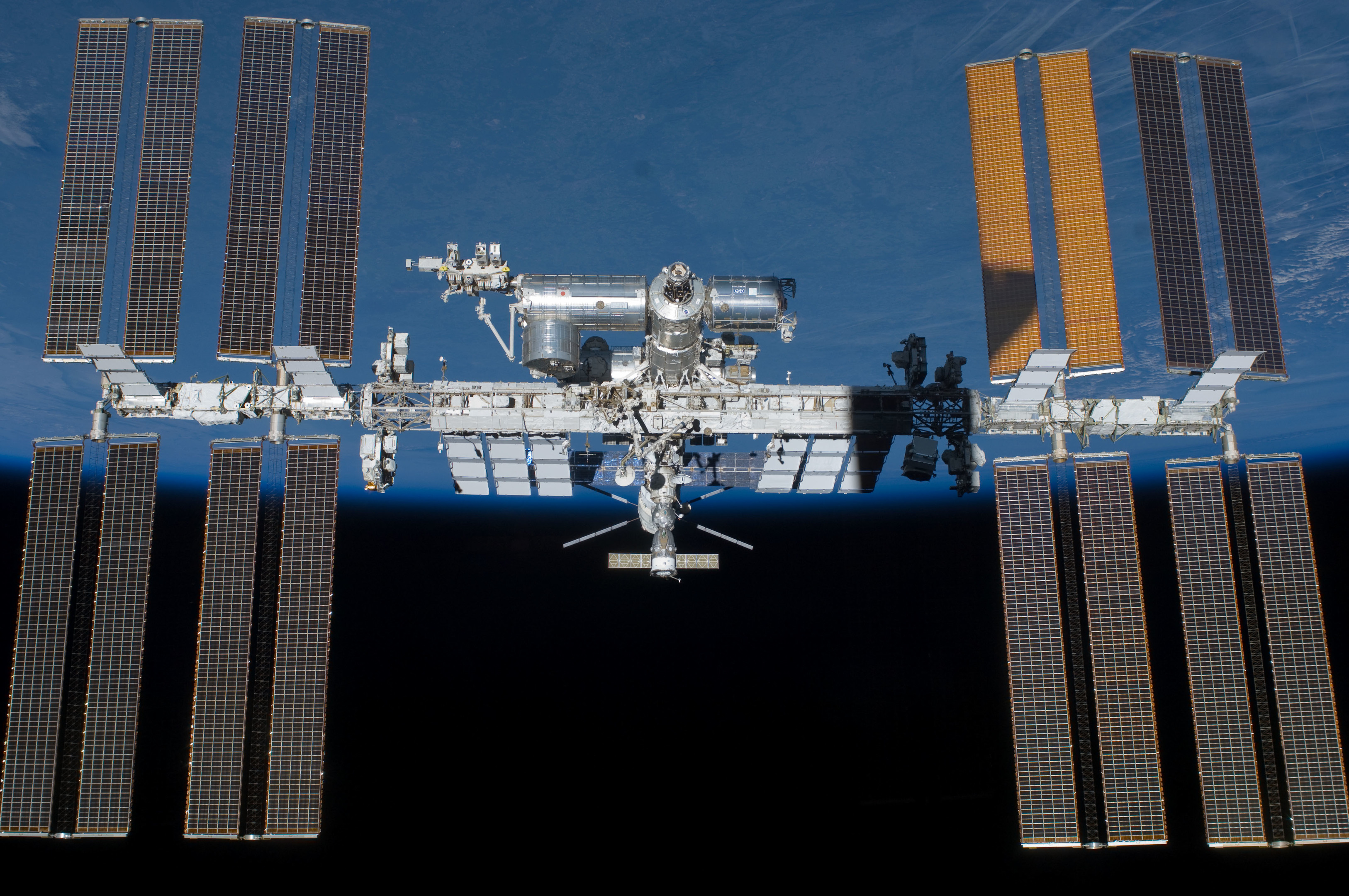Mearns primary school children have won a space race to get their learning into orbit over the Earth.
A computer programming competition, run by the European Space Agency, this year invited classrooms to make code for the International Space Station (ISS).
Teams from all ESA member states were invited to have their codes run on “Astro Pi” scientific monitors aboard the station.
Catterline PS pupils designed and coded an indoor weather app which collected data on the temperature, pressure and humidity conditions on board the ISS.
These Python programs also designed colourful weather symbols that gave the astronauts an idea of conditions inside the space station.
The pupils have been told they are competition winners and there program will be run in space this month.
Parent volunteer Franny Buchanan, a report developer at Aberdeen company Petrotechnics, visited the school on Friday afternoons to give the children basic lessons in the computing language.
She said: “I have been amazed at how quickly the children grasped programming skills, and am so proud of what they have achieved in a very short space of time.
“It’s great that the school has been so supportive of this project because this is the perfect age for children to start learning programming.
“They showed great creativity in designing and building their app.”
Celebrating its 30th anniversary next year, the habitable station’s first parts were launched into space around Earth in 1998.
Following three decades of modular expansion it is now the largest man-made body in low Earth orbit, and can be seen with the naked eye.
Crew members conduct experiments in most scientific fields.
The small Astro Pi computers were developed by the Raspberry Pi Foundation, in collaboration with the UK Space Agency and ESA.
There are two such computers aboard the ISS which are equipped with a set of sensors that can be used to run scientific experiments.
Pupils from all over Europe were invited to write code in the programming language Python, to be run on these Astro Pi on board the ISS.
ESA astronaut Thomas Pesquet said: “Thank you very much to all the teams who participated in the European Astro Pi challenge.
“With so many excellent submissions it was hard to choose which codes to run on the mission.”
The pupils will receive their data back from the ISS and will use it to learn more about their current maths topic – statistics.
Visit www.esa.int/Education/Teachers_Corner/2016_17_European_Astro_Pi_Challenge_Winners to see the school listed one of the 2016/17 winners.










